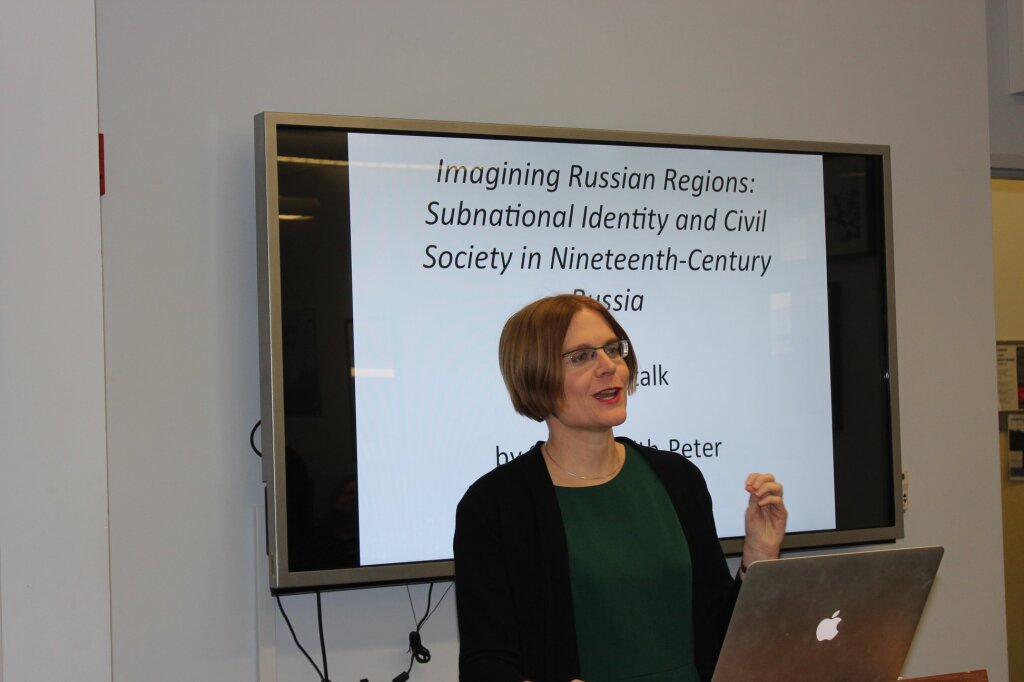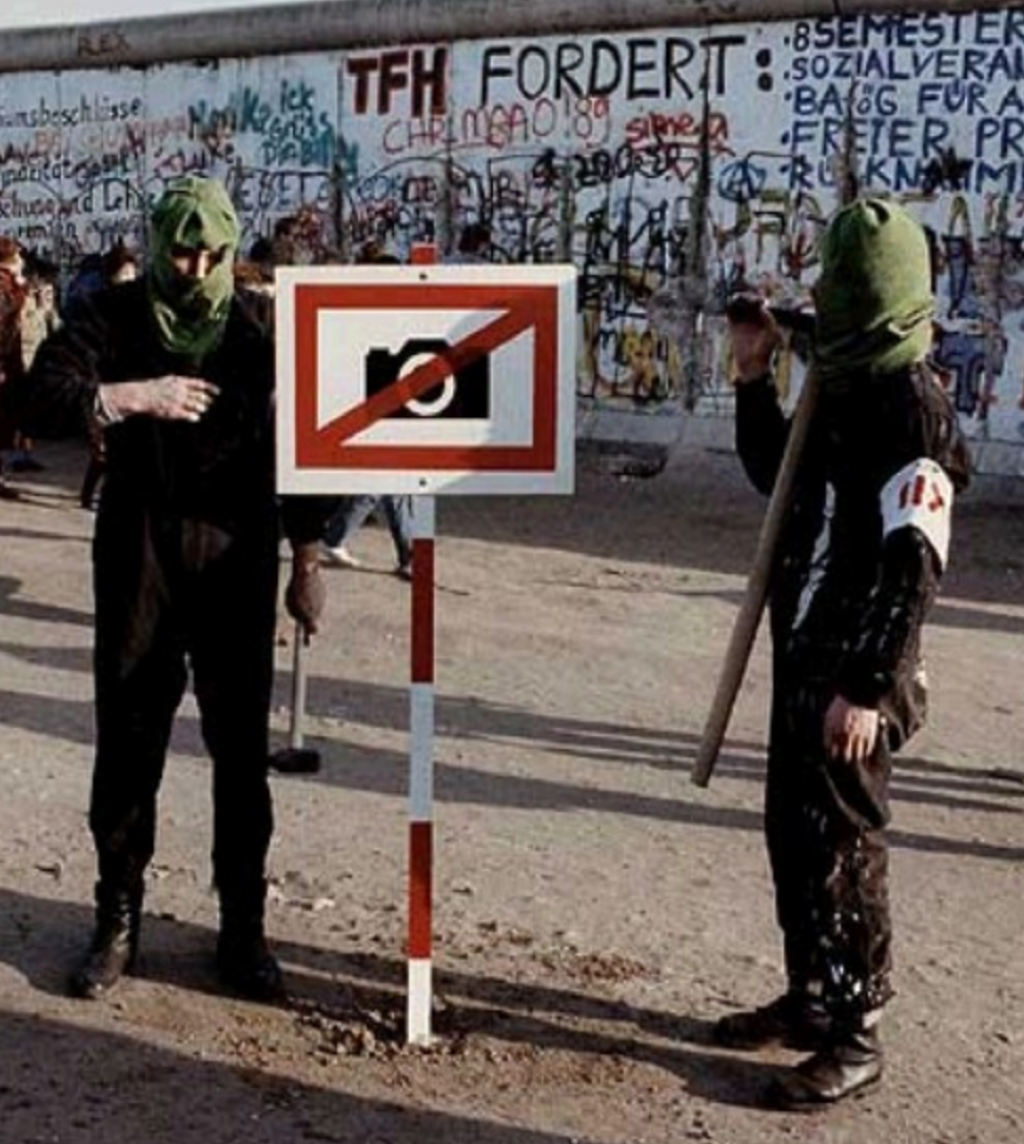Amina Tsuntaeva is a PhD candidate in cultural studies. She works on questions of indigenous peoples’ representation in modern visual arts and explores sociocultural issues in the North Caucasus.
Contemporary visual art is still searching for ways to express the diversity of culture in the North Caucasus. Attempts to understand the socio-cultural peculiarities of North Caucasians are made, in part, through documentary films. Residents of the republics have different attitudes to such works. Almost every premiere is accompanied by a barrage of criticism, which in turn further complicates attempts at understanding local culture.
The article from which this post derives, considered contemporary documentaries about the role of women in the culture of the North Caucasus, published online or released in cinemas between 2015 and 2021. I chose to analyze projects with high media impact because they deal with sensitive social issues and have become the focus of social, rather than artistic, discussion. Through a comparative analysis of the films, I was able to classify the material in terms of artistic characteristics like kitsch, propaganda, and visual anthropology. In turn, I identified these categories by analyzing certain artistic techniques: visual metaphor, clichés, montage, presence of the author and voice-over, interviews, musical score, etc. The main approach to working with the subject matter here is abundant use of clichés, which leads to propagandistic kitsch, as well as disregard for historical context and facts.
North Caucasian culture through the lens of Russian authors
One of the first films in which Russian authors tried to understand the modern Caucasus was a November 2020 report by Marfa Smirnova, "'Taking off the Hijab': Stories of Girls from Dagestan who Escaped Conservative Families," part of Dozhd TV’s "Women on Top" series on YouTube. A few months later, a special report by Karina Mukhutdinova titled "Who is Fighting the Rules of Russia's Most Closed Region?" (2021), which similarly sought to understand how people in the North Caucasus live today, appeared on Alexey Pivovarov's YouTube channel "Editorial [Redaktsiya].".
Both films were posted to YouTube, and, as successors of TV documentaries from the 2000s, resemble one another in terms of genre and aesthetic novelty. This similarity is unsurprising, since YouTube videos rely on views and engagement as much as television-based projects. Footage shot from a car, the voiceovers in which characters talk about lack of freedom and danger, generalizations made by the presenters that sound like a verdict on society as a whole, and the clash between religion and freedom of choice are the main features of documentaries about women's lives in the North Caucasus.
In both films, the leitmotifs are a lack of freedom of choice and the opposition of the “progressive” to the “traditional” and religious. In “Taking Off the Hijab,” clichés used to link life in unfreedom with the primacy of religion include shots of a mosque and the sounds of the adhan (Muslim call to prayer). These images and sounds immediately follow the narrator’s words about the mortal danger of life in a conservative, religious society and the remarks of a young man who says he wouldn't want to be born a woman in the Caucasus. Similar images are exploited in “Who is Fighting the Rules of Russia's Most Closed Region?”, where one of the first sequences shows a large number of men leaving a mosque after prayers, followed by a shot of sheep grazing on paved city streets. Through this juxtaposition, the film’s makers equate people leaving the mosque after evening prayers with a silent flock of sheep.
Given their limited visuals (street shots, a town square, a local cafe, a beach, a mosque), these films’ main techniques are interviews and voiceover narration in which the author summarizes life in the Caucasus and contrasts it with “civilized,” modern life. Visual clichés, meant to demonstrate a physical lack of freedom and danger, together with the filmmakers’ other artistic decisions, become elements of propaganda kitsch. This, in turn, is embedded in a colonial cultural discourse that contrasts the “civilized,” “correct” world with a society “stuck in the past” and in need of enlightenment. The filmmakers attempt to tell young women’s stories in the style of the popular German miniseries Unorthodox (Netflix, 2020), privileging exoticization and an “us” vs. “them” binary .
At first glance, this type of documentary conveys great interest in the traditional culture of the Caucasus. Yet in the end, the viewer is presented with a simplified reality comprised of clichéd and kitschy images rather than a true investigation of the North Caucasian historical experience. Through a concentration of superficial, stereotypical images that place the region’s complex and diverse lifeways within a simplified framework of generalizations, these films traffic in colonial optics. Unsurprisingly, the films’ crude oppositions between non-violent life and religion, their simplification of the relevant issues, and their blanket labeling of cultures as “unfree” despite obvious external differences and political contexts caused a wave of indignation on platforms like Instagram and Telegram, among people of varying social status.
Propaganda as a means of presenting one's own cultural identity
The role of the author figure in documentary filmmaking is still being debated. There is a widespread belief that the filmmaker whose subject is their own culture is in a privileged position because of their intrinsic understanding of complex cultural practices. However, factors like education, gender, sexual orientation, class, race, or even length of exposure to the culture may override the importance of cultural identity. This nuance must be taken into account when analyzing films that are formally made by "insiders," but which nonetheless become propagandistic through the use of kitsch and/or cliché.
Several recent films exemplify this tendency. Askarbiy Nagaplev and Husein Daurov’s Circassian (2015), for instance, centers on stereotyped images of women. The film consists of four visual blocks: artistic reconstructions of images of famous Circassian women; modern, stylized footage of women in stage costumes with national elements; interviews with experts; and archival photographs. Each of these blocks is redundant in itself, overloaded as it is with visual and linguistic clichés, academicism, and idealization. Taken together, these blocks are overwhelmingly kitschy, building on society’s main socio-cultural ideas and myths of itself.
In this setting, the voiceover narration becomes practically the only meaningful artistic tool the film deploys. Yet this voiceover is itself problematic, being lexically redundant, overloaded with metaphors and other stylistic devices, and filled with evaluative characterizations. For example, the skill of gold embroidery is described as "magical", the needlewomen’s proficiency is "unprecedented," their work is "strong and elegant," while swearing in the presence of the Circassian woman is "the greatest shame." The film’s attempts to fit the aesthetics of the national costume into the modern urban landscape is also kitsch, since it shows only stage costumes. Although these contain certain easily recognizable national elements, they are made to be worn exclusively onstage and bear only passing resemblance to authentic Circassian outfits.
Historicity in Circassian is similarly conventional. The technique of mixing documentary and fiction seemingly expands the scope of artistic expression, but in fact impoverishes the film’s dramaturgy, which could instead have been based on the actual history of the Adyghe people, rich in events and names. Ultimately, the abundance of clichés prevents the film from exploring authentic Circassion culture, instead subjecting the viewer to yet more propaganda kitsch.
Maryam Makhiyeva Goryanki, shot in 2020 and also dedicated to women in the North Caucasus, is more complex than Circassian and, at first glance, does not seem propagandistic. The documentary’s composition is metaphorical: From the first shots to the last, the viewer, together with the heroines, walks the path from the “correct” action prescribed for women to their desired one. Thus, from the wedding scene, the most important day in a woman's life in traditional society, we go to the highest point on the planet, Mount Everest, which one of the heroines conquers, symbolizing freedom and the overcoming of internal barriers.
Unlike in Circassian, in Goryanki, the heroines’ own voices are the principal artistic means for creating the image of North Caucasian women. In Makhiyeva’s film, women speak for themselves, sharing their thoughts about their own lives, their destiny, and their freedom. Although the film uses clichés and remains cultural propaganda for a world different from the stereotypical Caucasus, it contains no kitsch. The filmmaker manages to show the multidimensionality and depth of Caucasian women, exhibiting their attempts to find their vocation and place in life despite the complex historical and socio-cultural context.
Makhieva's film, like Nagaplev and Daurov's, marks a clear contrast with the films by the "Dozhd" and "Redaktsiya" channels because of its sampling of social reality. However, an approach that seemingly reflects “authentic” reality, but actually focuses only on positive examples of successful women, also ends up as propaganda. These “insider” filmmakers use the epistemologically flawed message "everything is actually different" with the intention of convincing a significant group of people that there exists “another” Caucasus. This approach "transforms" the reality we see onscreen and, at the same time, impoverishes it, depriving it of living and often contradictory socio-cultural setting.



